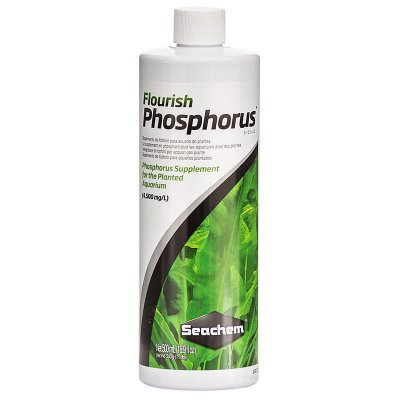Yeah I think most are taking the one value and calculating the other.I would also add that I think most icp companies are not measuring inorganic phosphate, even if they seem to report it. They are just taking the phosphorus value from icp and multiply by 3.06 to get phosphate.
So let me pick your brian more Randy while I got you here. Is there a way to dose phosphorus to get it up. I’m reading zero on my “phosphorus” ULR and I’m currently dosing 0.06 ppm Phosphate daily (which is a lot!)I don’t want to over do it with dosing TSP (Na3PO4) or pollute the tank with food. I typically go slow…but in this situation time is valuable, because the beginning of Dino’s are appearing on the rocks.
P = 0 (despite all the dosing) 60 x 0.1 (0.06 ppm) daily
Could this Phosphorus reading above be false and lead me to overdosing TSP / Trisodium Phosphate?
N = 4
Can you get two different readings from a “Phosphorus” ULR meter vs “Phosphate” ULR meter? I was under the impression that they both report Phosphate but just choose to report the values differently ppb (Phosphorus) ppm (Phosphate).
Last edited:



















